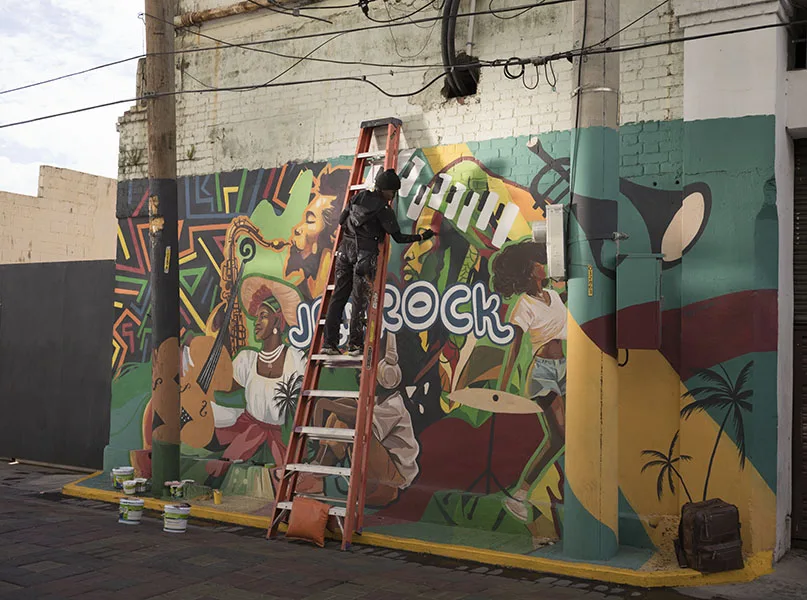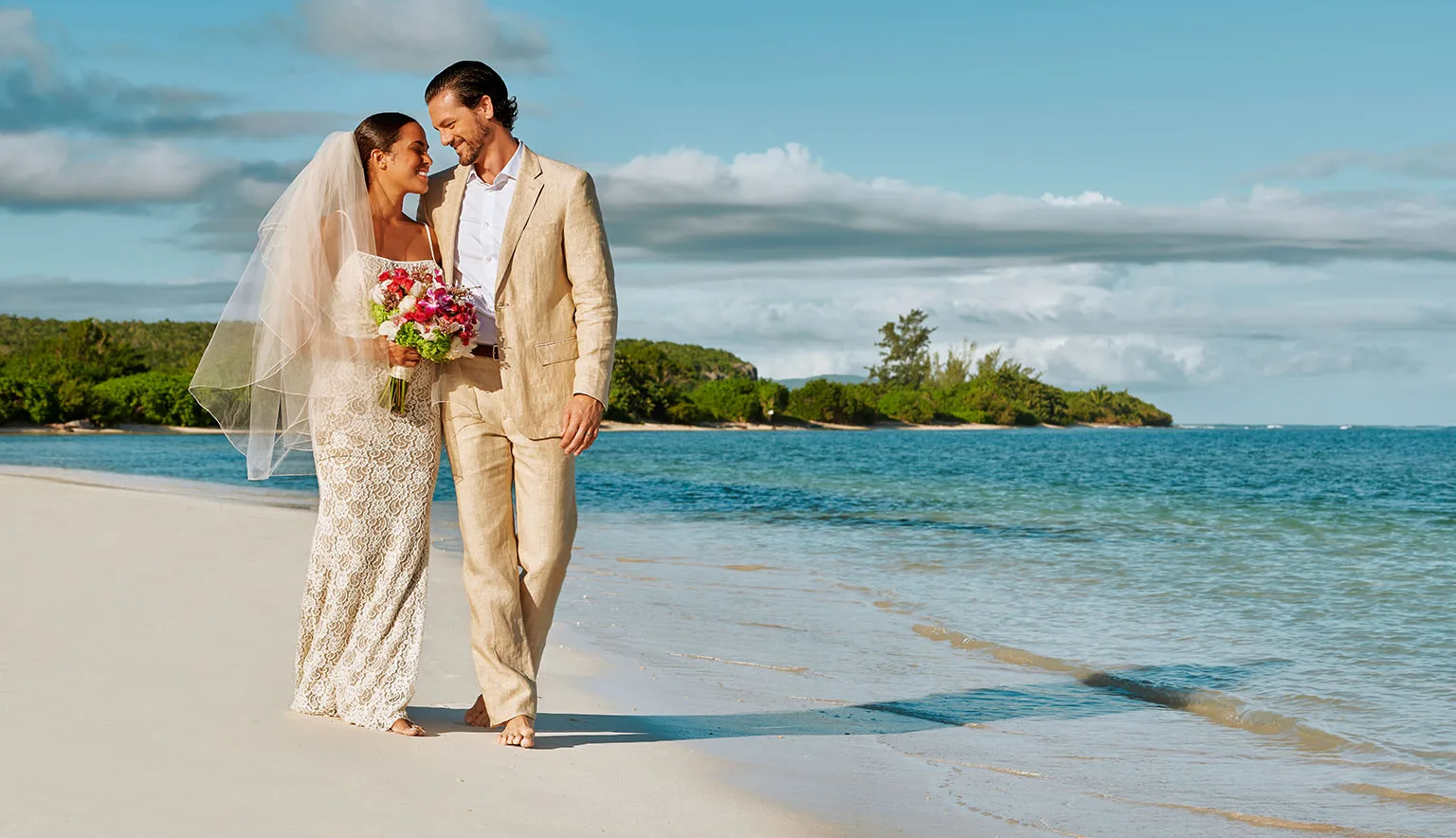The Jamaica Tourist Board (JTB) drives the island’s tourism development through strategic promotion, stakeholder partnerships, and sustainable practices. We feel the vibe with Director of Tourism, Donovan White.
Q&A WITH JAMAICA TOURIST BOARD
Firstly, as Jamaica’s national tourism agency, can you talk us through the responsibilities and goals of JTB?
Donovan White, Director of Tourism (DW): Our core mission is to position Jamaica as the Caribbean’s premier destination whilst ensuring tourism benefits our communities.
We focus on creating authentic experiences that showcase our unique culture whilst contributing
to Jamaica’s economic growth.
How does JTB market and promote the island of Jamaica worldwide?
DW: Our global marketing strategy combines digital innovation with traditional outreach. Beyond conventional advertising, we leverage immersive social media campaigns, strategic partnerships with travel operators, resort and attraction partners, and influential voices in key markets.
Our recent campaign highlights Jamaica’s diversity – from adventure to relaxation – demonstrating that we offer experiences for every traveller’s desire.
Why does Jamaica remain a premier Caribbean tourist destination?
DW: Jamaica’s magnetic appeal stems from offering a complete destination experience.
Whilst many places have beautiful beaches, we also deliver breathtaking landscapes, rich culture, and warm hospitality.
From Blue Mountain adventures to Caribbean rhythms, our visitors don’t just observe Jamaica – they live it. It’s this authentic immersion that keeps travellers returning.
Additionally, as the world’s leading wedding and honeymoon hotspot, why is Jamaica the ideal backdrop for celebrating love?
DW: Jamaica naturally inspires romance. With over 400 miles of coastline, lush mountains, and year-round ideal weather, we provide endless possibilities for celebrating love.
Our professional wedding services, luxury accommodations, and streamlined marriage requirements have made us the Caribbean’s top choice for destination weddings and honeymoons.
Each love story here becomes part of Jamaica’s heart.

What makes 2025 the year to visit Jamaica?
DW: 2025 showcases Jamaica’s evolution in tourism excellence. We’re unveiling new luxury properties, expanding our airlift connections, and introducing innovative cultural experiences.
Our enhanced sustainability initiatives and community tourism programmes offer deeper connections with Jamaica’s soul.
Combined with our world-class events calendar, 2025 promises unforgettable Jamaican moments.
What unique landmarks, attractions, activities, and events would you suggest for visitors to the island in 2025?
DW: From UNESCO World Heritage Sites to hidden gems, visitors in 2025 can explore Jamaica’s diverse attractions.
Experience the majesty of Dunn’s River Falls, discover Blue Mountain trails, or drift down the Martha Brae River.
Our revitalised Hip Strip merges traditional charm with modern energy. Don’t miss signature events like Reggae Sumfest for an unmatched festival experience and the Jamaica Food and Drink Festival, where island flavours take centre stage.
How can travellers feel the vibe of Jamaica’s rich culture, history, and heritage during their stay?
DW: True Jamaican culture lives in everyday moments. We encourage visitors to venture beyond resorts – explore local markets, join cooking classes, or visit historic landmarks.
Our community tourism programmes offer authentic connections; learn traditional drumming, discover Maroon heritage, or simply share stories with local artisans. These experiences reveal Jamaica’s true spirit.

For those wanting to join the party, what about Jamaica’s vibrant nightlife, music, and entertainment?
DW: Jamaican nights pulse with energy. From Kingston’s cutting-edge music scene to Negril’s laid-back beach bars, we offer vibes for every mood.
Experience live reggae at legendary venues, join street dances, or enjoy sophisticated lounges. Each night spot shares one thing – our infectious Jamaican spirit, which turns visitors into dancers and strangers into friends.
Equally, what do Jamaica’s diverse landscapes offer for laid-back visitors?
DW: Relaxation finds many forms in Jamaica. Unwind at secluded Portland beaches, meditate in Blue Mountain mists, or rejuvenate at luxury spas using local healing traditions.
Our wellness experiences range from beachfront yoga to bamboo rafting on tranquil rivers or dipping in a hot spring. Here, peace comes naturally – whether on soft sand or cool mountaintops.
Finally, what trends are transforming the tourism industry in Jamaica, and are you optimistic about the future?
DW: Jamaica’s tourism future shines bright as we embrace innovation whilst preserving authenticity.
We’re pioneering sustainable tourism practices, enhancing digital experiences, and developing new cultural programmes.
Our focus remains clear – deliver world-class experiences whilst ensuring tourism uplifts local communities.
Jamaica continues setting Caribbean tourism standards through innovation, sustainability, and genuine hospitality.






























